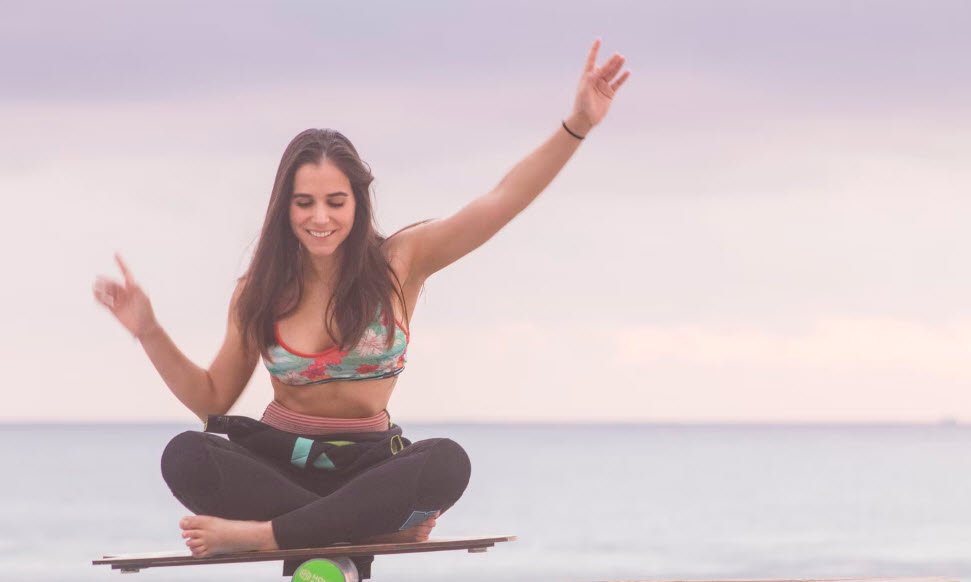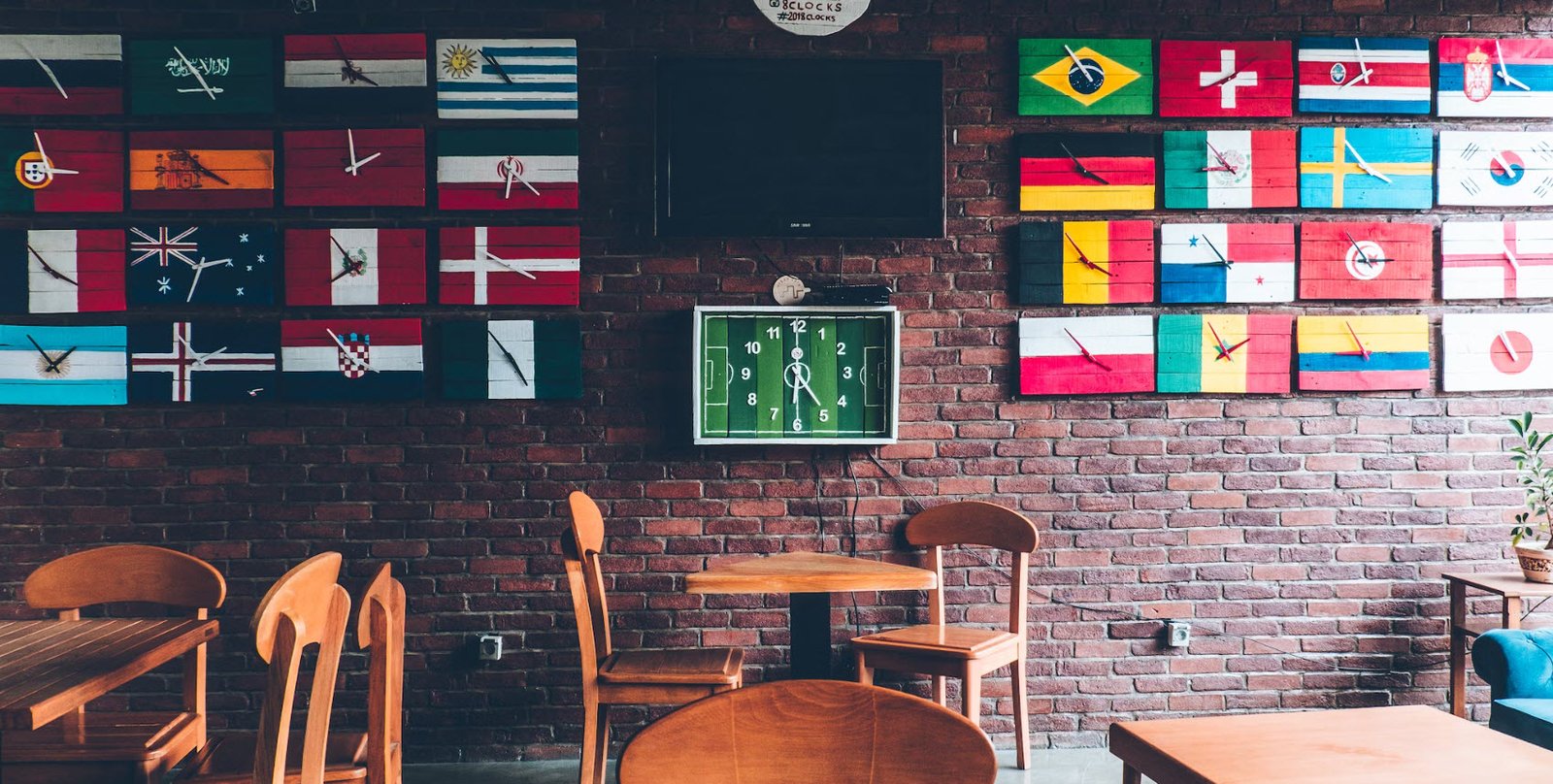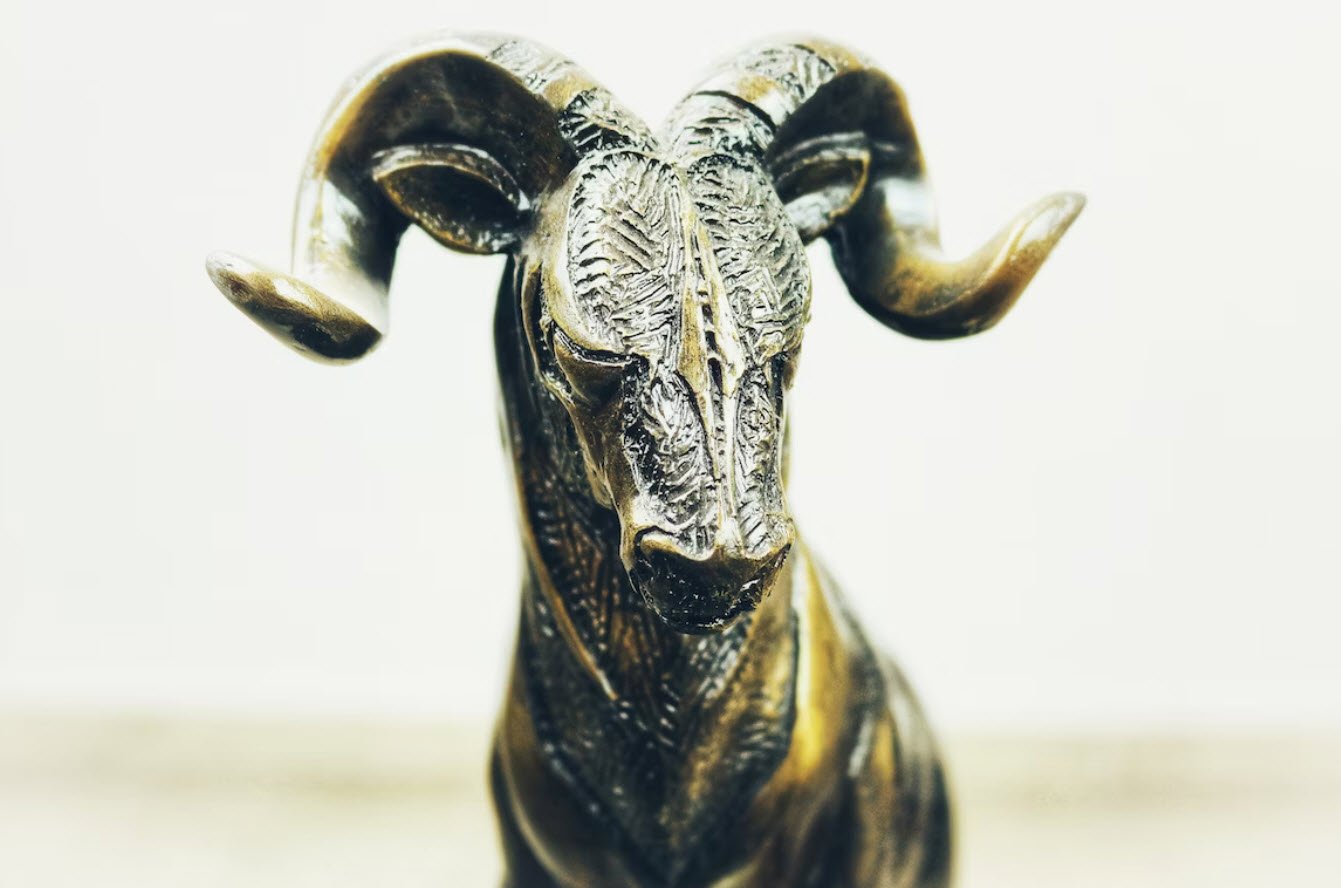
The National education Policy has taken a futuristic step by introducing physical Education as a subject in all schools and colleges. The below listed terms have been mentioned for students of classes XI & XII.
Also Read: Understanding Your IELTS Band Scores
This article is designed to meet their requirements and motivates them to take up physical Education more seriously and choose it as their prospective career.
Acceleration The rate of change of velocity over time (where velocity is the rate of change of position with respect to direction).
Aerobic Activity Steady activity in which the heart can supply all the oxygen the muscles need. “With Oxygen”
Aerobic Endurance The body’s ability to take in and use oxygen so the muscles can keep working. The most important element of fitness.
Agility The ability to change the position of your body and/or its parts quickly and accurately.
Anaerobic Activity “Without oxygen.” Activities for which the body can’t supply enough oxygen to keep going for long periods of time.
Assessment of physical activities A process of judging/grading a persons level in relation to a set of criteria. In GCSE this involves a process of planning, performing, evaluating, analysing, and improving chosen physical activities.
Balance The ability of the body to maintain or regain stability.
Bench Press Lay on bench, flat on back. Press from chest to full extension.
Bicep Muscle The large muscle in the front part of the upper arm.
Body Composition The relative proportions of fat and lean (non-fat) body mass.
Body Mass Index (BMI) A formula that determines a healthy body weight based on height
Cardiovascular Endurance The heart, lungs, and blood vessels work together as a team to allow one to stay active and exercise for a long period of time.
Cardiovascular Fitness Ability of the heart, lungs, and blood vessels to function efficiently when a person exercises the body. Circuit Training Training that uses a circuit of exercises around a number of different work stations.
Cool-down a cool-down brings the mind and the body back to a relaxed state. Helps to reduce the risk of injury.
Coordination the ability to control and put together (integrate) movements made by different parts of the body.
Core Lifts the 5 ground base lifts most commonly used: bench press, parallel squat, power clean, incline bench, and front squat.
Cramp A sudden, uncontrollable, painful contraction of a muscle or a group of muscles that may last for only seconds, or for hours at a lower intensity. Treated by stretching and massage.
Defense The team trying to prevent the other team from scoring.
Deltoid Muscle Muscle of the shoulder by which the arm is raised.
Endurance Stamina, the ability to keep going for long periods. Includes cardiovascular-respiratory (heart-breathing) endurance, and muscular endurance.
Exercise Involves exertion of the body. It is important in maintaining general health, and includes cardiovascular-respiratory (heart-breathing) endurance, muscular endurance, strength, mobility and flexibility, and body composition. (See also Physical fitness).
Extend To straighten a joint.
Fine Motor Skills Involve movements using small groups of muscles in delicate actions, eg. Wrist action in table tennis.
FITT Principal Frequency, Intensity, Time, and Type
Flex To bend a joint.
Flexibility The ability of joints to move throughout their full range of motion.
Force Force can be described as a ‘pull’ or a ‘push’
Form Placement of body parts during exercise.
Foul A major infraction of the rule; may include a penalty against the player and/or team.
Frequency How often you do a particular activity.
Gluteal Muscles One of the muscles of the buttocks.
Goal Scoring in an activity.
Gross Motor Skills These are skills which involve large groups of muscles, e.g. Discus throwers.
Hamstring Muscle A muscle group located on the back of the thigh.
Hydration to supply water to a person in order to restore or maintain a balance of fluids
Isometric Muscle Action Occurs when a muscle starts to contract and shorten, but is then stopped by an immovable resistance
Isotonic Muscle Action Normal muscle action, when the muscle shortens as it produces movement, eg. a biceps curl.
Incline Bench Lay on a bench raised at 45 degrees, press bar from chest to full extension.
Intensity How physically hard the activity.
Interval Training with alternating work intervals and rest intervals
Involuntary Muscle that you cannot control by your conscious decisions.
Latissimus Dorsi Large muscle attached to the back and the arm.
Lifetime Sports A sport that can be played by people of all ages.
Low Impact Aerobic Exercise Exercise with one foot contacting the floor at all times
Motor (movement) Skill There isn’t a single, agreed definition of a motor skill. We could say that motor skill is, ‘the learned ability to perform in a physical activity efficiently, successfully, and consistently’.
Muscular Endurance The power of a muscle to keep on working. The max. Number of reps one can push, pull, or carry.
Muscular Strength The ability of muscles to work. The max amount of weight one can lift, push, pull, or carry at one time.
Muscle Body tissue that lengthens and shortens to cause movement of the bones those results in body movement.
Offense The attacking team who is trying to score.
Out of Bounds Outside of playing area.
Parallel Squat With a bar on back/shoulders, the top of your thighs should be about parallel to the floor or slightly lower, in a well-executed squat.
Participation The taking part in physical activities.
Pectoral Muscle The large muscle of the chest.
Physical Fitness A physical state of well-being.
Power The ability to use strength quickly.
Power Clean The movement in which the bar starts on the floor and through a jumping and rowing motion, the bar finishes on your chest.
Pulse The rhythmic beat of the blood being pumped by the heart through the arteries, which are swollen in diameter when the heart contracts and recoil back to normal when the heart relaxes. Can be felt at the wrist and at the side of the neck.
Quadriceps Muscle The muscle on the front of the thigh.
Range of Motion The amount of movement one can make in a joint.
Reaction Time How quickly you respond to something.
Relaxation A process of reducing tension, rigidity, anxiety, and intensity. Specific techniques can be developed eg. Progressive Muscular Relaxation, the Quiet Place, Centering.
Repetitions The number of consecutive times one does an exercise.
Resistance Opposition to a force or a movement.
Response Time The time it takes to respond to some stimulus, e.g. the actions of people.
Resting Heart Rate The number of heart beats during a period of inactivity.
Routine Performing movements in the same way time after time. A technique used to enhance skill performance.
Set A group of repetitions for an exercise.
Skills A capacity to perform a specific task that involves the use of muscles and nerves together with the brain.
Speed The ability to perform a movement or cover a distance in a short period of time.
Sport This term is used in many different ways. It could be described as ‘a type of physical activity which you choose to compete in fairly, and try to win.’ There have been many attempts to divide sport into different groups.
Sportsmanship Playing within the rules with a good attitude and with respect to others.
Stability (of the body) this involves the equilibrium or balance of the body on a base, it is increased if: the area of the base is wider or larger; the centre of gravity is lowered; the centre of gravity is brought nearer to the centre of the base.
Strength The amount of force that is produced by muscles contracting. Includes static or isometric strength, where effort is made against an immovable resistance; and dynamic or isotonic strength where effort moves a resistance.
Stretching Exercise to improve flexibility. This can be passive, e.g. limb being pushed to the limit of movement by a partner; active, e.g. Moving and holding your own stretch position; and ballistic, e.g. swinging arms and/or legs.
Techniques The basic patterns of movement which have to be developed in every activity.
Time How long you do the activity.
Training (physical) A process which is designed to improve physical capacity, fitness, skill, etc.
Tricep Muscle Muscle located on the back of the upper arm.
Type What kind of exercise.
Variation (of training) Training should be varied to prevent boredom occurring and injuries developing. Variation should always be safe.
Voluntary Muscle that can be controlled by your conscious decisions
Warm-up A warm-up should involve a gradual increase in the heart rate and breathing rate, a slight rise in body temperature, and prepare the mind and the body for activity. Helps to reduce the risk of injury.
Work Out The part of the physical activity program during which a person does activities to improve fitness.
Weight Training The lifting of weights to build strength. Also called resistance training.
You may also like:- 5 Different Earthquake Zones in India
- Unveiling Earth – A Tapestry of Numbers and Facts
- List of International Organizations & Their Member Countries
- List of Important Banking Abbreviations
- Reserve Bank of India: A Historical Overview
- Understanding Key Banking Acts – A Brief Overview
- Unveiling the Vibrant World of Country Flags – 254 Countries Flags Images
- [GK India] Top 35 Awards Related Multiple Choice Questions
- Major Cities Situated on the Banks of Rivers
- State-Wise Important Mountain Passes in India








